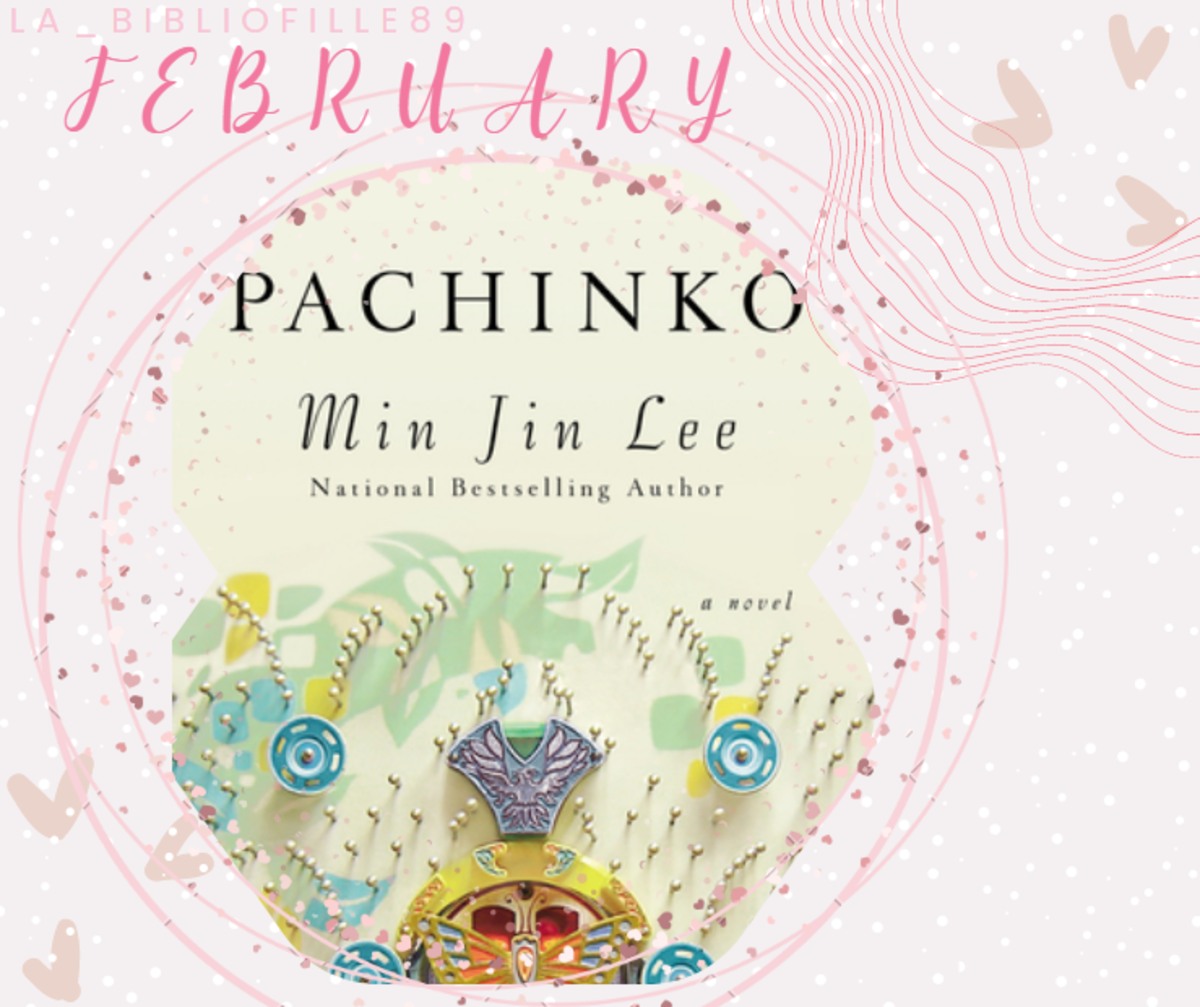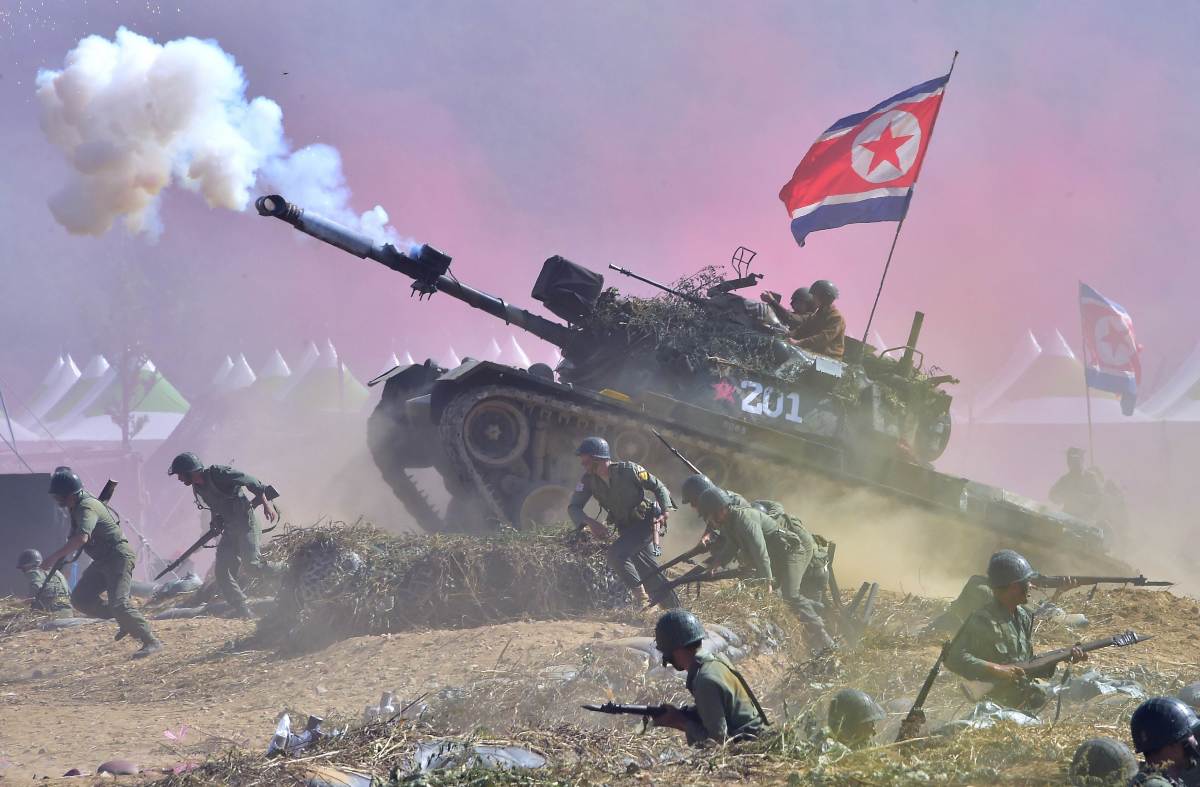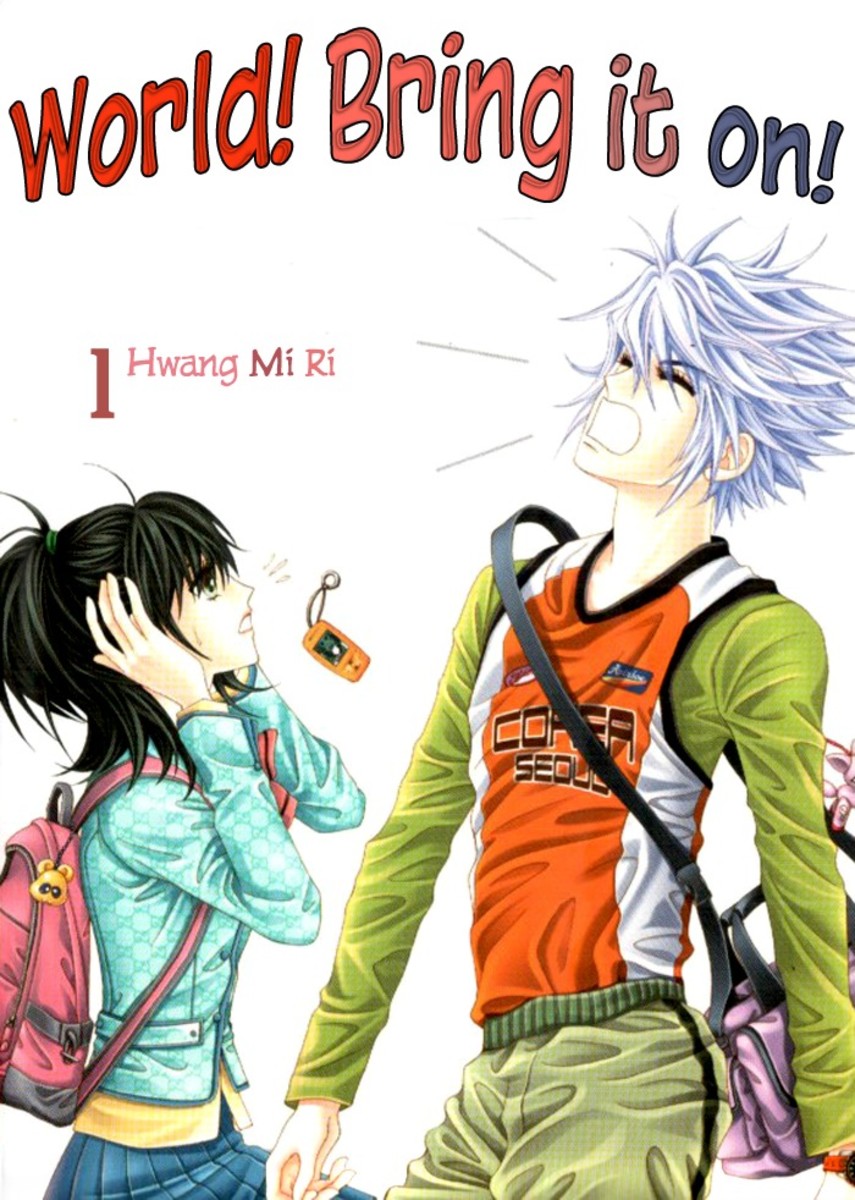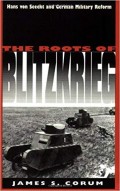The Cleanest Race Review
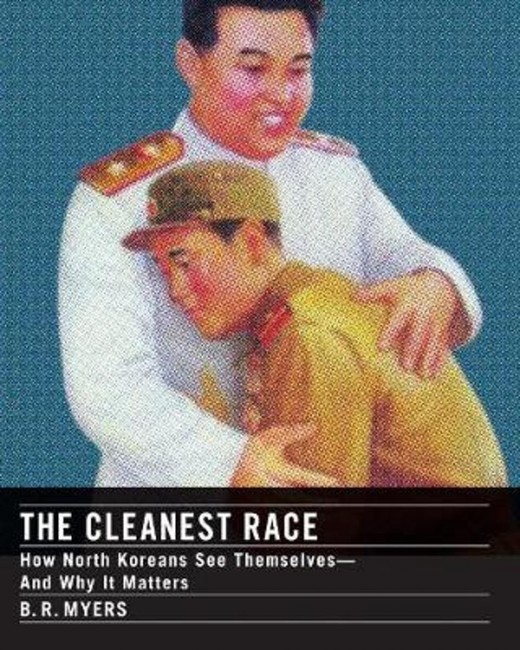
North Korea, sometimes referred to as the hermit kingdom, is one of the most enigmatic of states - precious little is known about many of its internal policies, leadership, and decisions, and of what is known, it can be terrifyingly difficult to fit it into our own perspective of what is rational and logical. This has led to the rise of the belief of North Korea as simply insane, a crazy actor with an addled dictator. A crazed Stalinist dictator it might be added, with the perception of North Korea as the last bastion of true communism being added on. But, as The Cleanest Race: How North Koreans See Themselves And Why It Matters, by B.R Meyers much of this is far from the truth - North Korea is hardly, if it ever was, a true communist state, and it certainly has its own world view with its own logic and beliefs, very real ones however strange they might appear to us. A thoroughly fascinating book, this volume does much to enlighten oneself about North Korea, although it has limitations and biases which somewhat undercut its import. Not a communist state, it is instead based upon racial nationalism and the belief of Korean racial purity, but also the need for a strong, and yet maternal and loving leader to defend their purity and people from abroad - thus necessitating the need for the Kim dynasty. And the great enemy? The United States, tyrannical enemy which has so perfidiously attacked North Korea in the past, according to North Korea, and which stands with its stooges in South Korea, where all real Koreans wish to rise up and join with their North Korean comrades, ready always to attack once more the fatherland.
There are two principal sections of the book, the first dedicated to how North Korea's official propaganda and culture has developed, and the second to various myths and lines of this propaganda in examples.
B.R Myers identifies the key origin of North Korean official state propaganda as being Japanese colonial era ideology, re-purposed for the present day. Here, the Japanese taught that the Koreans were similarly moral and racially superior beings, part of Greater Japan. Although there were some nationalists, most of the educated class was generally accepting of Japanese rule, but these nationalists came up with a variety of key later symbols, such as legendary founder Tan'gun and Mount Paektu as a Korean equivalent of Mt. Fuji. Japan's defeat however, led to North Korea becoming a Soviet client, but it had the strange feature of limited understanding of communism among the higher echelons, but continued use of Japanese imperial propaganda, emphasizing the purity - but now also a child-like vulnerability - on the part of the Koreans. The beginning of Kim Il Sung's personality cult began to be established, one which would grow increasingly fervent over the years. Consistently, the North Koreans focused on racial purity and race-based nationalism, which rather than Juche, constituted the real ideology of the state, one focused heavily on anti-Americanism. Communism itself, following the end of the Soviet Union, was abandoned, and foreign information has increasingly leaked in, but the regime has continued to remain strong.
In the second part, "Mother Korea and her Children", the second chapter, focuses upon crucial elements of Korean nationalism, such as its motifs of the pure white capital just like the pure Korean people, or mount Paektu, the unbreakable spirit of the motherland as waves crash upon rocks in paintings. This purity on the part of the Koreans at the same time is portrayed as necessitating their defense by the Kim dynasty, which in turn loves and protects the Korean people, particularly the warriors necessary for their defense.

"The Parent Leader" expounds further on this, taking the position that North Korea is a far cry from a Confucian country, and rather promotes the idea of a motherly leader instead of a stern patrician. This motherly figure is above all else Kim Il Sung, almost mystical and portrayed as the greatest (and most virtuous and most racially pure and best Korean) man to have ever lived, always committed to the protection of the Korean people. This could be shown in peace too, through constant portrayals of his inspection of factories and farms where he ineluctably resolved stubborn problems and difficulties, simply through his presence. Very much like a mother, he is more hermaphroditic, combining both the virtues of man and woman.
A large number of photographs separate this chapter and the fourth one, with analysis by the author.
"The Dear Leader' covers Kim Jong Il, the leader of North Korea at the time of this book's writing in the late 2000s (if not anymore, where Kim Jong Un is of course, the North Korean totalitarian). Here, it is somewhat admitted by North Korean propaganda that he was perhaps not quite the equal of his father in governing the country, so instead extra focus is placed upon his tours of military barracks and constant attention to soldiers, as a caring, maternal figure, looking out for the Korean people during harsh times. He too has a semi-religious haliographic depiction of his early life, but above all else his legitimacy is based upon defense against the Americans during the nuclear crisis found in North Korea, which necessities sacrifices and struggle on the part of the Korean people.
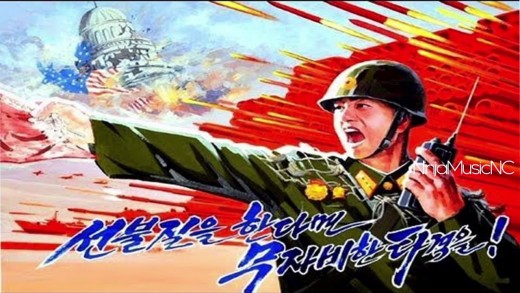
"Foreigners", the fifth chapter, covers the relation to foreign countries, which are universally viewed as less moral and inferior to North Korea, sometimes as tributary states like Laos at best, cooperating with North Korea, or the barbarous United States at worst and to a lesser extent the Japanese of the colonial era. Even China doesn't receive adulatory praise, despite its patronage of North Korea, and domestically is almost scorned at times. Racial hatred is encouraged against the Americans, and a long string of North Korean victories proclaimed in the struggle against them, although this is never enough to fully vanquish them, and North Korea must always be on guard lest the Americans commit brutal atrocities against the Korean people once more.
Chapter six, "The Yankee colony", covers another crucial part of North Korean propaganda and ideology, the perspective on South Korea. Here, North Korea no longer denies that the South is more prosperous, and indeed there is plentiful information on the South in North Korea. The focus is instead that the South is oppressed by the Americans, and fervently wishes to join with the North, and that the South Korean people are united against the corrupting influence of the United States. As conservative democratic parties have succeeded in South Korean elections, this line has become more difficult to hold.
A final conclusion claims that the above material shows that attempts to improve relations with North Korea are doomed to failure, that North Korea is unlikely to fall due to external consumer goods and information infiltrating - which brought down the Soviet Union - and pointing out the danger for destabilization brought about by a strange, racialized ideology glorifying irrationality and a mother leader.
North Korea is a sensational subject in the United States, one that lays well in the media due to the ridiculous image of this tiny country, so bizarre, so different than other nations, with its constant exaggerated threat and strange communist government. This has I am sure, produced a constant flood of books so as to titillate the Americans about the country, and I am fairly certain that this book is part of this stream of popular interest books, written in a casual style which is easily understandable for most people, with plentiful pictures and clear, definite conclusions. At the same time, I think that it provides fascinating ideas and principles, showing the way in which North Korea is far from being a communist dictatorship. Its analysis of North Korean propaganda to me seems well done, and the idea that it promotes is broadly, a cogent one. It is not a long book, but it makes for a book which can transform one's impression of the Hermit Kingdom to quite some degree after reading it, and one which really is easily understandable and readily comprehensible.
At the same time, I believe that it runs the risk of essentializing the Koreans, and sometimes to me seems to draw too much in the way of conclusions from scanty evidence: a picture of a girl holding a box is transformed from a simple cute image into a representation of the inherent purity and childlike nature of the Korean race for example. Its perfectly possible for propaganda and ideology to be believed, earnestly and authentically, in contrast to our ideas of the Soviet Union during its latter days with simple pro forma obedience to the system. And yet I find it doubtful that the propaganda which is put out by the North Korean government is believed to the extent that the author claims: more likely that it conditions debate and what the acceptable terms of discourse are in North Korea than exterminating all other thoughts. Surely, when Kim Jong Il was on his eternal trip to inspect military authorities, there were suspicions on the part of some people at least that this inspection was more often simply that of his own palace, and surely there was some resentment on the part of people towards the upper leadership which was consistently well fed, when they themselves have had such debilitating memories of the horrors of famine in the 1990s?
This can be corroborated to me with what seems to be a scanty amount of academic footnotes which are provided: most books are simply covered with footnotes, but here, they are scattered vaguely throughout chapters. The material which
There is also the important contradiction of the North Korean leadership cult and glorification of motherhood in that at the same time as stressing the various Kim's motherly and nurturing nature for the Korean people, the book also makes clear that the North Koreans still only respect strength, power, and despise weakness, and that the various Kims have claimed their importance for the protection of the nation militarily. I know very little indeed about Korea and Korean culture, but most ideas of motherhood do not include ruthlessness, a hatred of weakness, and overwhelming power - conversely, it is the very ideas of nurturing, sympathy, love, etc. that come through with the idea of motherhood, if admittedly married with an important idea of protection and security. The book never goes into how the North Koreans manage to reconcile the very masculine and simultaneously very motherly roles which are assigned to the Kims - is it the androgynous nature which is occasionally pinned upon both? A deeper elaboration of what the idea of motherhood means in Korean history would be something of great utility.
Personally, I greatly dislike the heavily overused and meaningless word of "problematic". Anything can be problematic, and one has no need to attempt to define what one doesn't like, an even looser and more general term than the antecedents which adumbrated it, such as is often used in reference to "problematic", racist or sexist. And yet a central core tenet of this book, the idea that Korean people inherently have infantilized themselves, viewing themselves as children in need of a strong force to protect themselves, seems exactly the sort of thing that the word "problematic" would be applied about. Surely this runs into a long history of non-Westerners being viewed as less logical, rational, and reasonable? I doubt that Myers means any wrong to the Koreans as a whole, but the impact can be the same, and if the diplomatic results might be ones I think are reasonable starting points - the idea that negotiation with North Korea is in essence futile, and attempts to improve relations bound to disaster - it still to me runs the risk of unfairly misconstruing the Koreans. Here, I think that some intervention from another source or Korean writer would have been well placed.
It is without doubt a useful book, and there is no denying that much of what it has to say is assuredly relevant and important. The flaws are very significant with it, enough to provide a rather low ranking to this volume, but I believe that it does provide for a book which makes for a useful introduction into North Korea and its ideology, and one which is well worth the read.
© 2019 Ryan Thomas


